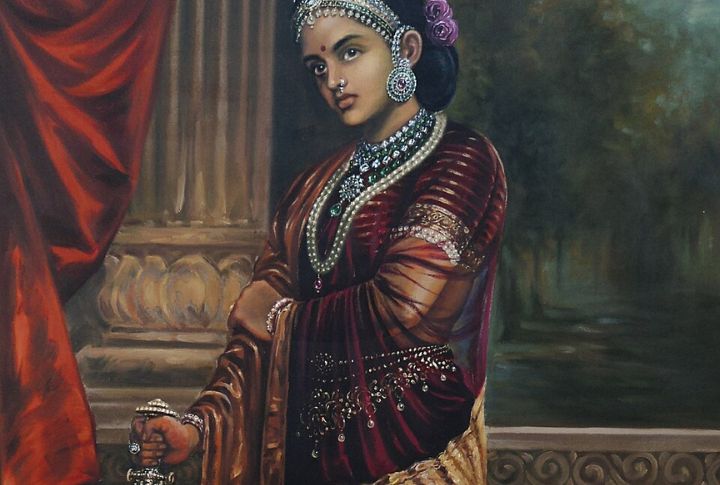
Not every warrior walked the same path to mastery. Some were trained in royal courts, others in open fields or storm-battered ships. What connected them was what they did when steel met resistance. Swordsmanship, in their hands, became a philosophy. In this article, take a closer look at those fighters.
Miyamoto Musashi
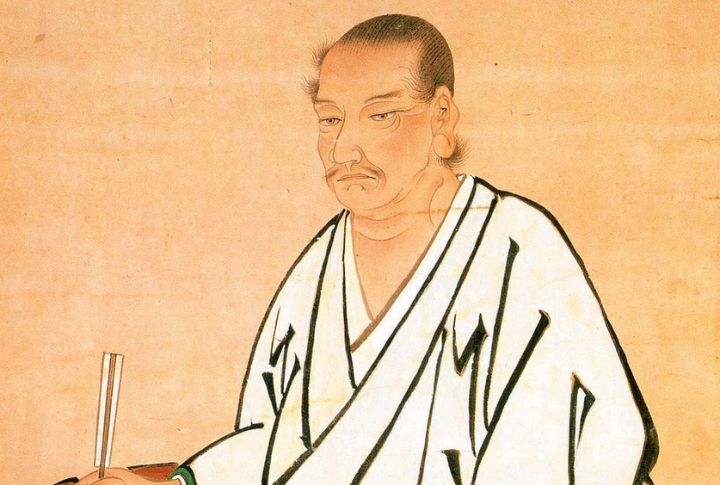
Musashi’s dueling legacy includes over 60 documented victories. His most iconic moment came at Ganryu Island in 1612, where he defeated Sasaki Kojiro, a legendary Japanese swordsman, using a wooden sword. Decades later, his tactical writings would reshape martial philosophy through “The Book of Five Rings.”
Fiore Dei Liberi
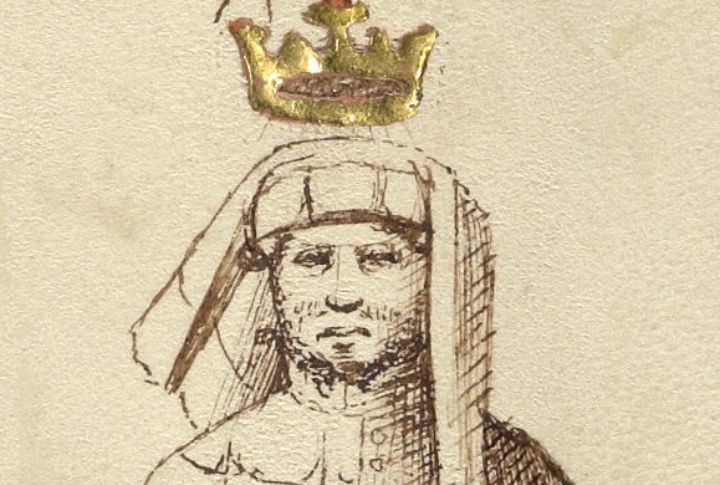
Why would a warrior document methods of combat? For Fiore dei Liberi, it was about preserving skill and structure. His “Fior di Battaglia” outlined over 300 techniques in swordplay and grappling, forming a system that spread across Europe and shaped how knights trained for war.
Saladin
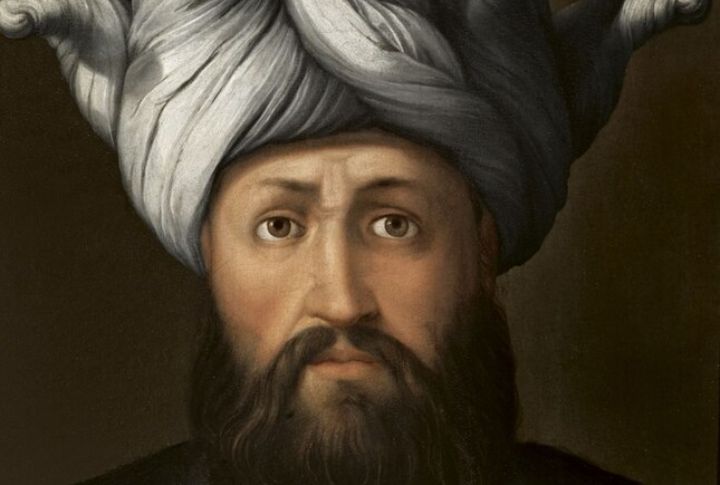
With Damascus steel in hand, Saladin crushed Crusader forces at Hattin in 1187 and reclaimed Jerusalem. Chroniclers praised his finesse over brute strength. Not just a field commander, he used his saber to settle honor challenges. His reputation even earned respect from adversaries like Richard the Lionheart.
Rustam Farrokhzad
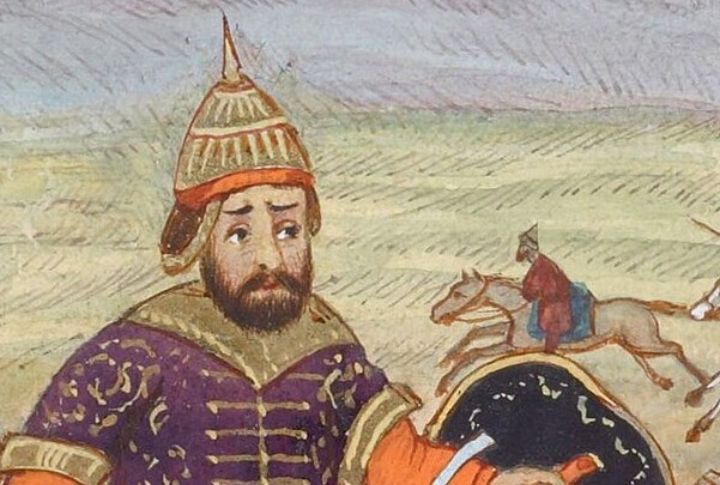
Clad in scale armor, Rustam’s scimitars flashed across the sands at al-Qadisiyyah to defend the Sassanian Empire in its final stand. His swordplay, immortalized in Persian epics, reflected technique and the spirit of resistance against conquest. Poetry preserved what battlefield defeat could not erase.
Gerard Thibault D’Anvers
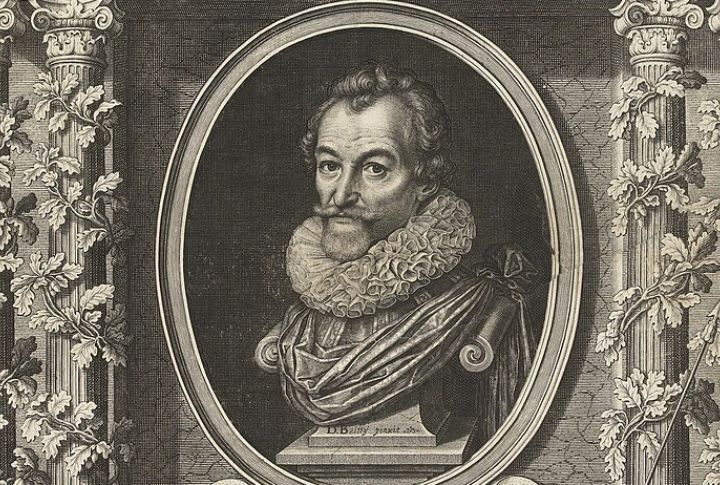
Inside his dueling circles, Thibault mapped every lunge and recovery. He fused math and martial arts in Academie de l’Espee (1630), which helped lead noblemen with compass-like precision. Though rarely tested in war, his rapier methods became standard across Europe’s fencing academies for nearly two hundred years.
Yi Sun-Sin
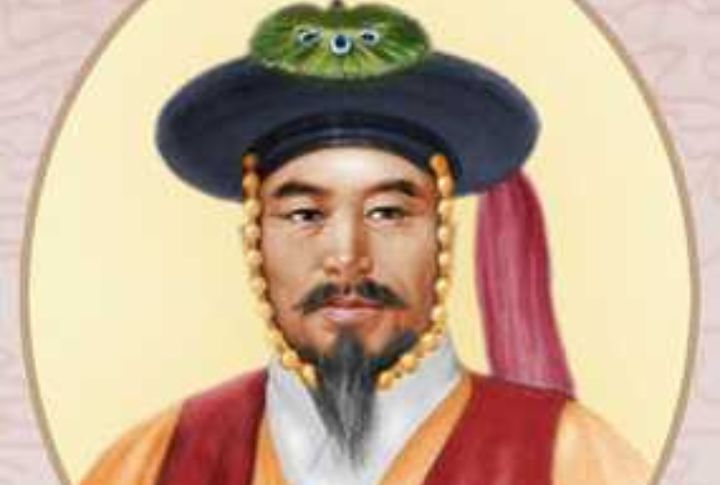
No admiral had better odds: Yi won 23 naval battles and lost none. He personally led boarding raids, wielding a hwando (a traditional Korean single-edged sword) and striking with terrifying skill during the Imjin War. His war diary detailed close-quarters kills, and this proved that intellect and blade worked hand in hand against invaders.
Don Diego De Valera
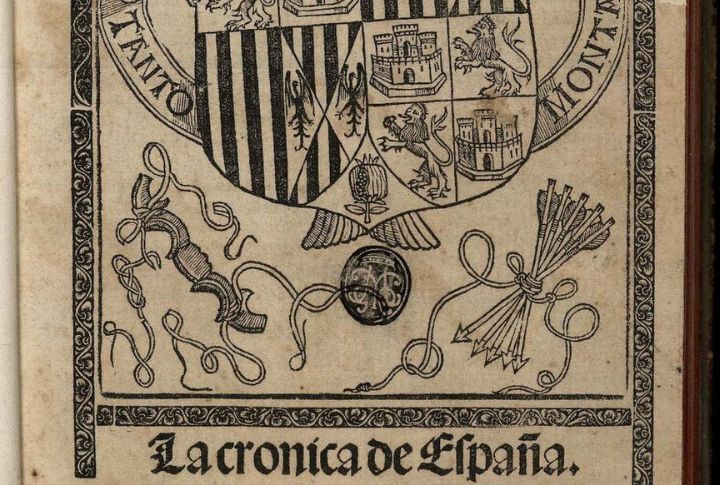
Spain’s refined approach to fencing didn’t appear by chance. Don Diego de Valera’s treatises built their philosophical and technical roots. A scholar and diplomat, he argued that swordsmanship should reflect moral discipline. Combat, in his view, was principle and purpose, written into motion.
Tsukahara Bokuden
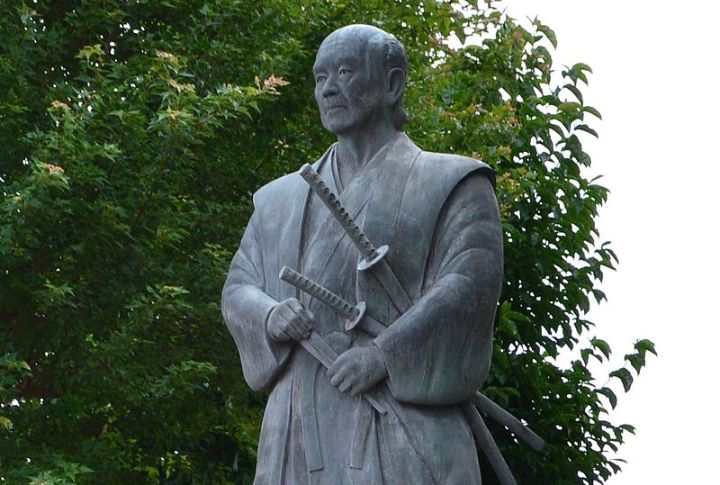
“Win without fighting.” This slogan was Tsukahara Bokuden’s life. Born in 1489, he transformed violence into virtue and steel into silence. Through his lifetime, he fought 19 duels, took part in 37 battles, survived six arrow wounds, and is said to have killed 212 opponents.
Rani Lakshmibai
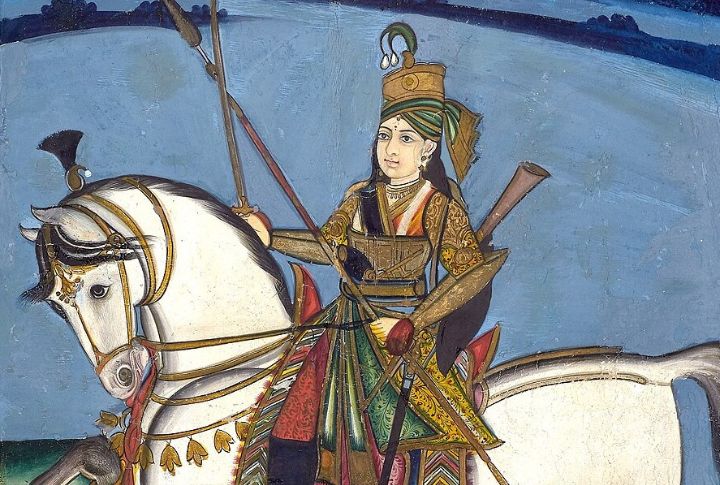
British officers faced her blade. Leading a cavalry unit in 1857, Lakshmibai, the queen of Jhansi, rode into the fire with swords in both hands while cutting through colonial ranks. Eyewitnesses describe her as fearless, as she left a legacy that burned through Victorian notions of gender and combat.
Kamiizumi Nobutsuna
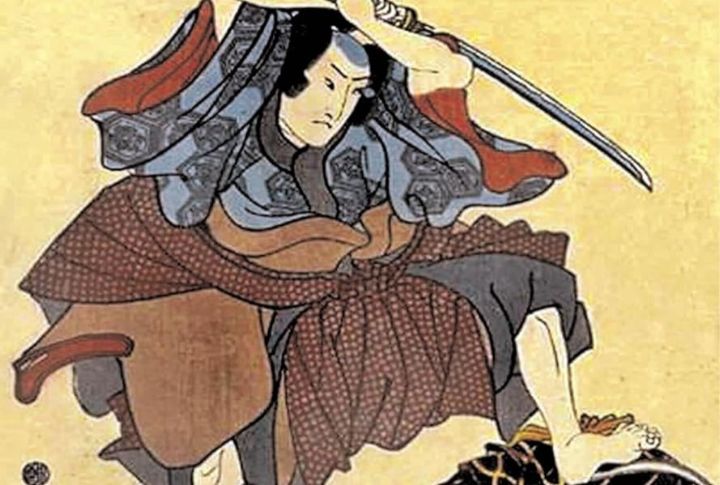
Long before Musashi made dual swords famous, Kamiizumi Nobutsuna had already forged the path. His nitoken method was flow, control, and timing. Through Shinkage-ryu, a traditional school of Japanese martial arts, he trained the lords of feudal Japan to turn his martial art into both a political force and a spiritual discipline.
Nzinga Of Ndongo
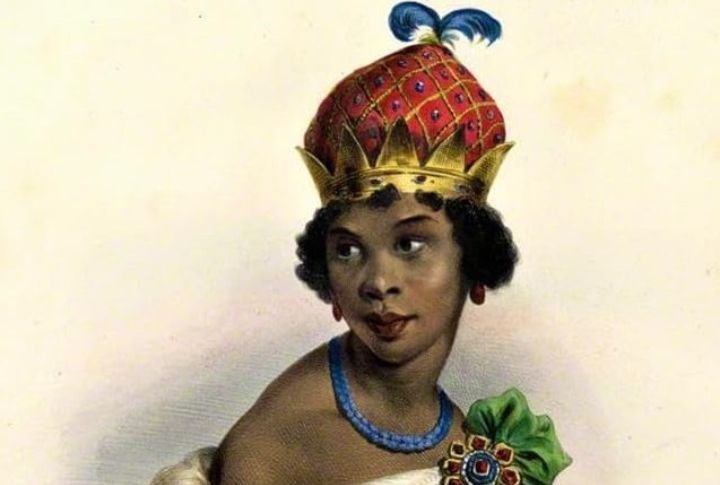
Portuguese soldiers dreaded her ambushes. Nzinga, queen and commander, led Angolan resistance in the 1600s and used curved iron swords in hand-to-hand skirmishes. Her battlefield presence terrified colonizers, who noted her blade was not ceremonial. She fought and negotiated all with steel at her side.
Johannes Liechtenauer
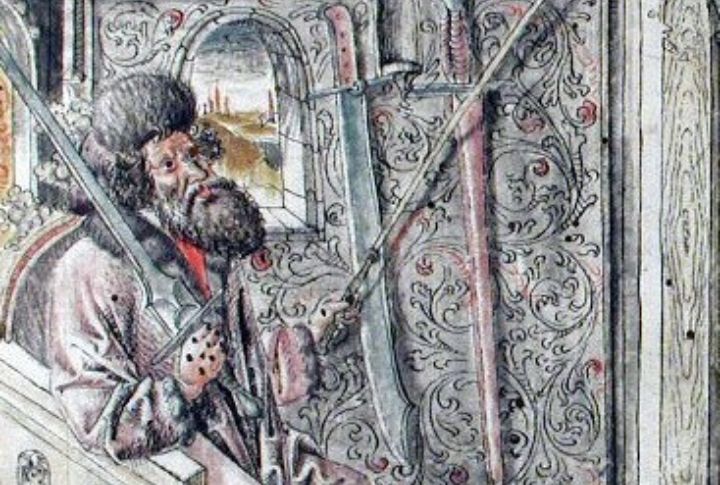
Liechtenauer’s poetic fencing code taught German nobles the brutal ballet of longsword fighting. His students memorized strikes like Zornhau and Zucken; lethal patterns still replicated today. What sounds like verse was, in fact, a blueprint for precise and disciplined combat technique.
Subutai
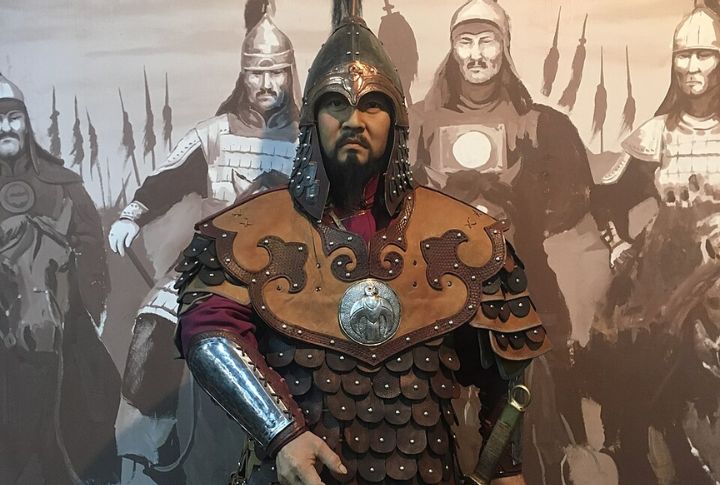
Unlike many commanders, Subutai didn’t shout orders from the rear. He charged into battle alongside Mongol horsemen. Using a curved blade designed for mounted combat, he crushed European forces at Mohi in 1241. His genius lay in mobility and striking before the enemy knew he’d arrived.
William Wallace
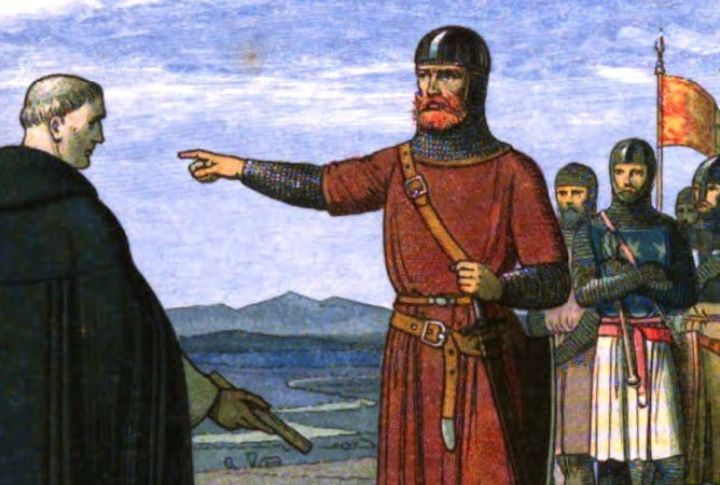
The sword remains, but the man who wielded it turned tides. Wallace’s five-foot claymore helped shape a rebellion. At Stirling Bridge, he led a flank that broke mounted lines and sent fear through an empire. That steel sits in Stirling now, holding the memory of one defiant moment.
Minamoto No Yoshitsune
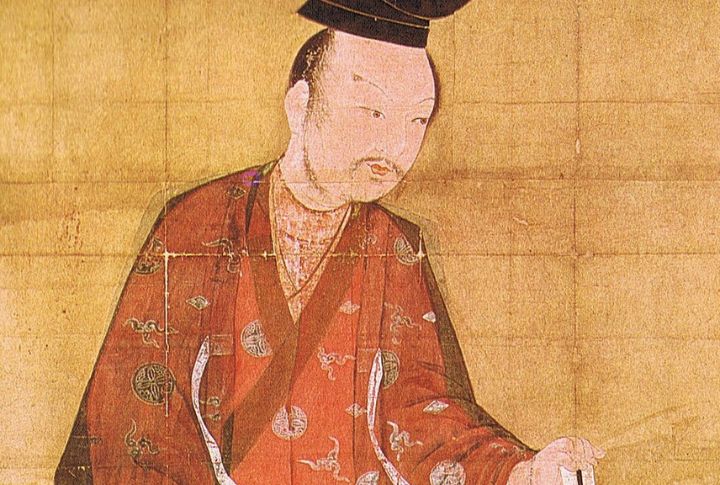
Imagine racing down cliffs on horseback with a sword in one hand. Yoshitsune did exactly that in 1184 at Ichi-no-Tani, where Minamoto forces charged the Taira defenders at Suma. His blade moved like a dancer’s limbs, as it slashed through the enemy mid-charge. Battle tales say Tengu (forest spirits) taught him how to fight like the wind.
Achille Marozzo
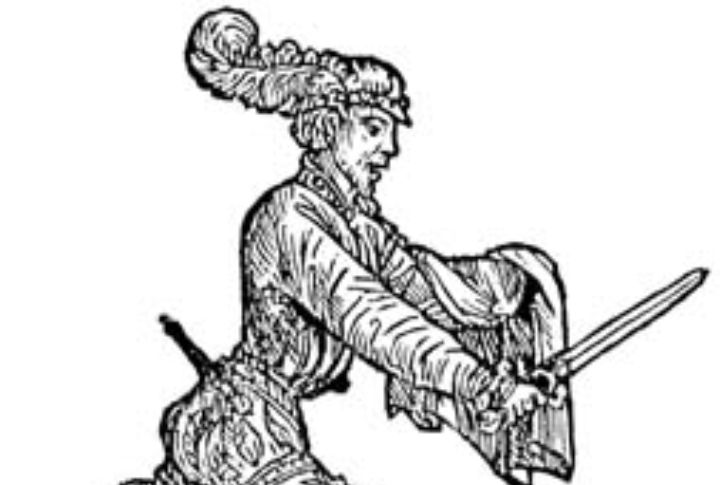
There was rhythm in Marozzo’s blade. In “Opera Nova” (1536), he composed strikes. Like a maestro, he arranged combat into movement and meaning. His system outlined technique, yes, but also consequences and context. Today’s fencing still carries his cadence in every salute and ready pose.
Qin Liangyu
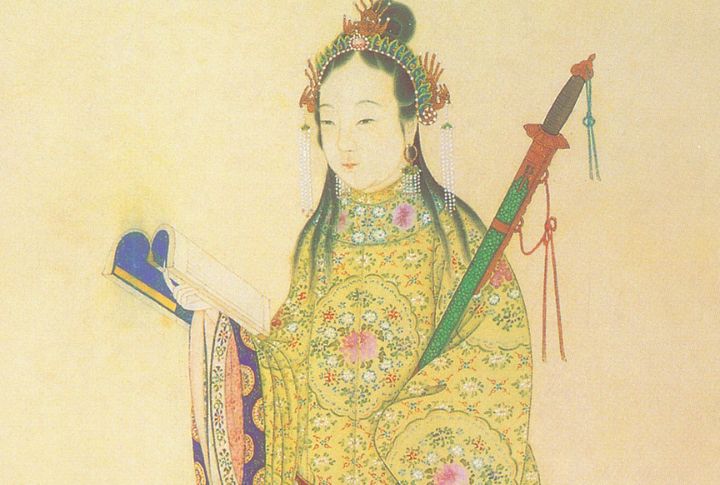
Qin Liangyu, a Ming general and warrior, rode headlong into rebellions, wielding a double-edged jian. She directed troops and fought alongside them, which earned her a high command position. Her recorded victories secured cities, and imperial scrolls preserved her as a sword mistress unmatched by her peers.
Jean-Louis Michel

Crowds in Napoleonic France called him “The Black Devil.” Jean-Louis Michel disarmed foes with poetic timing and geometric grace. This swordsman claimed over 100 duel wins, often finishing without injury. Though trained in chemistry, it was the art of the blade that made him a legend across Europe.
Yagyu Munenori

Perfection was practiced and achieved. Yagyu Munenori trained shoguns in lethal techniques while preaching inner peace. There was no time he lost a match. His book “The Life-Giving Sword” outlined how to kill while preserving harmony as a paradox understood only by true masters.
Julie D’Aubigny
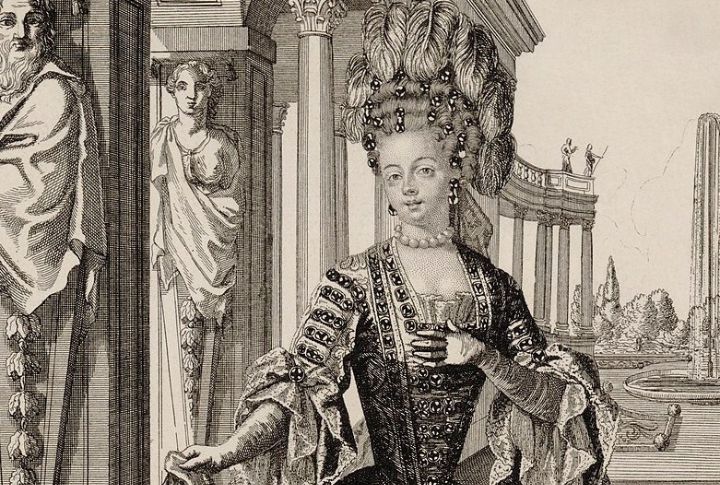
Opera stage one night, duel the next. Julie d’Aubigny blurred the line between aria and arena in 17th-century France. She beat noblemen in swordfights, once stormed a convent, and lived defiantly in a man’s world. Her rapier and reputation left both Paris and history gasping for breath.

